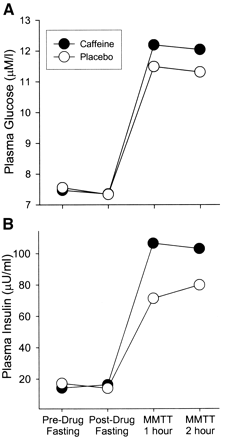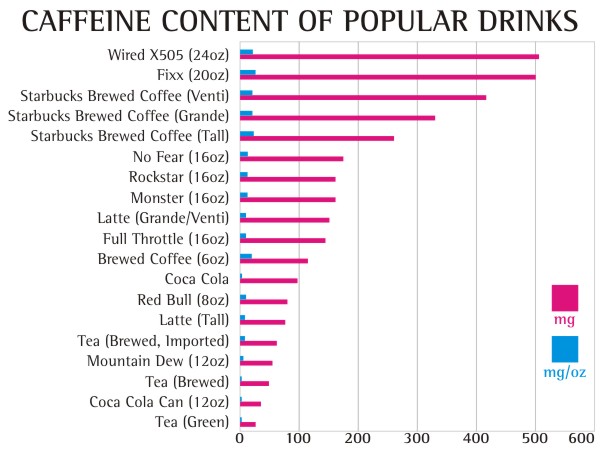Happy National Cheesecake Day!
Yes, you heard me correctly. It is National Cheesecake Day today. Today you must eat cheesecake – or you could be considered un-American.
“I can’t eat cheese cake, I’m doing a ketogenic diet!” you exclaim.
“Yes. So am I.”
Eating cheesecake is actually good for you, (low-carb cheesecake that is) and it’s also good for your family. This is the perfect day for ketogenic cheesecake . . . like my wife Tiffini’s Low-Carb Key Lime & Blueberry Cheesecake and as my gift to you for #NationalCheesecakeDay, you can get the recipe by filling in that pop up box!
And, “NO – I know what you’re thinking,” you can never have too much heavy whipped cream.
So, why am I so excited about National Cheesecake Day? I love low-carb cheesecake for a number of reasons.
Testosterone & Cheesecake
National Cheesecake Day makes me think of testosterone.
I know. Leave it to a man to start with testosterone, but in the big picture, a man really isn’t a man without testosterone, right? I mean, it was during the 5th week of embryonic development that my Y chromosome began signaling the differentiation of male fetal growth in-utero. And like every male, that same hormone, testosterone, continues to differentiate me from the human female counterpart throughout life. (And, boy am I grateful for that.)
The reason testosterone comes to mind is that I see a large number of men with low testosterone. Low testosterone has become a significant issue. 20-30% of the men in my practice suffer from some degree of suppression in testosterone when they first present in my office. In fact, you can’t watch late night TV without being asked if your testosterone is too low (“Do you have Low ‘T’?”).
We know that the primary nutrient shown to affect testosterone to the greatest extent is fat. Studies reveal that diets low in fat and high in carbohydrates are associated with lower testosterone compared to diets high in fat (1, 2). That begs the question, has 50 years of our low-fat high-carb diets made us less manly? I am convinced, but I’ll let you be the judge when you look at the pictures below . . .

When did this become acceptable?

Testosterone is essential in providing energy, muscle mass & growth and actually keeping the waistline down. Adequate testosterone is one of the key components allowing the man to fill the fatherhood rolls of protector and provider.
Female Brain Has A Testosterone Meter
Interestingly, the female brain is actually subconsciously wired to see the male physique and identify pheromones indicating your testosterone is higher or lower. Most women won’t admit it, because they probably don’t even recognize it, but studies show that men who lack muscle, have lower testosterone and have a beer belly are actually less attractive to the female sex. Men who produce more testosterone produce androstadienone in their sweat at a greater concentration which can be detected by the female improving her mood, focus and sexual response (9). If your diet isn’t helping you stimulate testosterone production, you’re less inclined to perform well in areas requiring its presence and you may be seen as less attractive by the women in the room.
That means that, bacon and eggs you craved this morning improve your manliness and actually give you more sex appeal. And, I’m sorry to say, the bagel and orange juice you had this morning are feminizing, they’re turning you into a woman, especially if you are like 85% of other men who over produce insulin because of insulin resistance.
When insulin is high and being over produced, it suppresses Luteinizing Hormone (LH) and Follicle Stimulating Hormone (FSH), lowering testosterone production. The high insulin and high fructose of the bagel and orange juice stimulate increased uptake of fat into the fat cells and decreases adiponectin production. This causes increase in Sex Hormone Binding Globulin (SHBG) which further decreases available testosterone. High insulin and low adiponectin puts your “man card” through the wash.
Cheesecake and Men’s Muscles
Men need muscles for all sorts of important things. It’s often Dad who carries the child on his shoulders, or lifts you above his head. It takes muscles for that.

We talked about the importance of testosterone in muscle development. That that’s not all. Many men can provide for their families specifically because of their ability to use that muscle. I’m not saying women can’t use muscle, too. In fact, muscle is essential for the female body to be healthy. What I’m saying that there are a number of jobs that make our country function that require men who are fit. Jobs like policemen, firefighters, special-ops military teams, construction workers, life-guards & delivery drivers require the strength and power men bring to these fields. These jobs require muscle, and specifically “manly” muscle from healthy testosterone.
In addition, we know that ketones, the primary fuel in a ketogenic diet, inhibit muscle breakdown by decreasing leucine oxidation and preserving muscle mass (3). Being in ketosis increases testosterone and increases the presence of leucine preserving and allowing for bigger stronger muscles. So, yes, visiting the donut shop actually does make you less manly by allowing the more rapid degradation of your muscles.
“Wasn’t it my muscles that first got your attention when we met and got this whole father thing started in the first place, honey?” I asked my wife in the kitchen.
“What?! No . . .” she responded.
“Oh, . . . never mind.”
Energy & Cheesecake
Whether you have great muscles or not, you need energy for the muscles you have to fill your role as a man. Work requires energy. As fat is increasingly used as your primary fuel, instead of sugar, the liver converts it into ketone bodies, or ketones. The liver itself, doesn’t use the ketones, so they are taken up by the muscles and brain for fuel. Increased energy, mental clarity and suppression of inflammation are the key findings that are noticed while using fat as your primary fuel. What man couldn’t us a little more of that?
Health of Family Influenced By Father’s Health
In fact, several studies report that the man in the home has the biggest impact on the overall fitness and on the overall weight of his children. It was found that the father’s, not the mother’s, total and percentage body fat was the best predictor of whether or not the couple’s daughters gained weight as they got older (4). All the more reason to keep your waistline under control, Dad. And, all the more reason to have low-carb cheesecake today.
Another fascinating study showed fathers’ (again, not the mothers’) body mass index is directly related to a child’s activity level (5).
Cheesecake Helps Rough-Housing
Energy and muscle is essential for “rough-housing” and there is science to prove that “rough-housing” makes your kids awesome! Psychologist Anthony Pellegrini found that the amount of rough-housing children engage in predicts their achievement in first grade better than their kindergarten test scores do (10). What is it about rough and tumble play that makes kids smarter? Well, a couple things.

Rough-housing makes your kids more resilient. Strengthening resilience is a key in developing children’s intelligence. Resilient kids tend to see failure more as a challenge to overcome rather than an event that defines them. Intellectual resilience that comes from energetic fathers helps ensure your children bounce back from bad grades and gives them the grit to keep trying until they’ve mastered a topic.
Intelligence From Cheesecake?
Neuroscientists studying animal and human brains have found that bouts of rough-and-tumble play increase the brain’s level of a chemical called brain-derived neurotrophic factor (BDNF). BDNF helps increase neuron growth in the parts of the brain responsible for memory, logic, social intelligence and higher learning–skills necessary for academic success. We, also, now know that the brain that uses fat, or ketones, as its primary fuel recovers from injury and makes BDNF more effectively (6,7).
So, remember, that rib-eye with steak butter your kids gave you for dinner and the low-carb cheesecake you had for dinner is actually making you and them smarter and more resilient. You could even say that a diet high in fat and low in carbohydrate gives your family more grit.
Overall Happiness from Cheesecake?
The Harvard Grant Study completed in 1934, the longest longitudinal study ever done on the lives of men, found that a man’s father influenced his life in multiple ways exclusive to his relationship with his mother. Loving fathers imparted to their sons:
- Enhanced capacity to play
- Greater enjoyment of vacations
- Increased likelihood of being able to use humor as a healthy coping mechanism
- Better adjustment to, and contentment with, life after retirement
- Less anxiety and fewer physical and mental symptoms under stress in young adulthood
It should be noted that “it was not the men with poor mothering but the ones with poor fathering who were significantly more likely to have poor marriages over their lifetimes.” Men who lacked a positive relationship with their fathers were also “much more likely to call themselves pessimists and to report having trouble letting others get close” (8).
You, as a testosterone producing man and father, matter. And, being in ketosis makes you an even better father! Seriously.

When all is said and done, a man’s relationship with his father very significantly predicted his overall life satisfaction at age 75 — “a variable not even suggestively associated with the maternal relationship” (8).
So, to circle back, the low-carb key-lime cheese cake just made me more manly. Thanks, Honey! Happy National Cheesecake Day!
Tiffini’s Low-Carb Cheesecake Recipe:
Crust:
2 1/2 cups macadamia nut flour (salted tastes better)
1/4 cup sweetener (Swerve)
1/2 cup butter melted
In a medium bowl, whisk together flour and sweetener. Stir in butter until well combined. Press firmly into bottom and up the sides of a pie pan or spring-form pan. Bake at 350 degrees for 8 minutes (watch closely so that the crust does not over-brown)
Filling:
16 oz cream cheese, softened
2 tbsp sour cream
1/4 cup freshly squeezed lime juice with pulp
1 tsp lime zest
3/4 cup sweetener (Swerve or erythritol)
1/2 cup + 2 tbsp heavy whipping cream, divided
1 tbsp gelatin or 1 envelope Knox gelatin
In a large bowl, beat cream cheese, sour cream, lime juice with pulp and zest together until smooth. Beat in the sweetener until well combined. In a small bowl, whisk together 2 tbsp of heavy cream and the gelatin. Stir into the cream cheese until well combined.
In another bowl, beat whipping cream until it forms stiff peaks. Gently fold whipped cream into the cream cheese mixture.
Spread the filling over the cooled prepared crust.
Refrigerate for a few hours until set and ready to serve with blueberries sprinkled on top.
References:
- Hamalainen, E., H. Aldercreutz, P. Puska, and P. Pietinen. Diet and serum sex hormones in healthy men. J. Steroid Biochem. 20:459-464, 1984.
- Reed, M.J., R.W. Cheng, M. Simmonds, W. Richmond, and V.H.T. James. Dietary Lipids: an additional regulator of plasma levels of sex hormone binding globulin. J. Clin. Endocrin. Metab. 64:1083-1085, 1987.
- Nair KS, Welle SL, Halliday D, Cambell RG. Effect ofβ-hydroxybutyrate on whole-body leucine kinetics and fractional mixed skeletal muscle protein synthesis in humans. J Clin Invest. 1988;82:198–
- Figueroa-Colon R, Arani RB, Goran MI, Weinsier RL. Paternal body fat is a longitudinal predictor of changes in body fat in premenarcheal girls. Am J Clin Nutr. 2000 Mar;71(3):829-34.
- Finn, Kevin et al. Factors associated with physical activity in preschool children.J of Ped., Vol 140, Issue 1, 81-85
- Vizuete AF1, de Souza DF, Guerra MC, Batassini C, Dutra MF, Bernardi C, Costa AP, Gonçalves CA. Brain changes in BDNF and S100B induced by ketogenic diets in Wistar rats. Life Sci. 2013 May 20;92(17-19):923-8.
- Masino SA, Rho JM. Mechanisms of Ketogenic Diet Action. Jasper’s Basic Mechanisms of the Epilepsies [Internet]. 4th edition. Bethesda (MD): National Center for Biotechnology Information (US); 2012.
- Valliant GE. Triumphs of Excellence: The Men of the Harvard Grant Study. 1934
- Verhaeghe J, Gheysen R, Enzlin P. Pheromones and their effect on women’s mood and sexuality. Facts Views Vis Obgyn. 2013; 5(3): 189-195.
- DeBenedet A, Cohen LJ. The Art of Roughhousing. 2010. Quirk Books.















 So, how do you manipulate the hormones in a way to control the rebounding hunger and suppression of metabolism? This is where we put a bit of twist on the knowledge we’ve gained from alternate day fasting. Recent research shows that “mild” energy deficit in a pulsatile manner, that has the ability to mimicking the body’s normal bio-rhythm’s is dramatically effective in reducing weight and maintaining normal hormonal function without cause of rebound metabolic slowing (4).
So, how do you manipulate the hormones in a way to control the rebounding hunger and suppression of metabolism? This is where we put a bit of twist on the knowledge we’ve gained from alternate day fasting. Recent research shows that “mild” energy deficit in a pulsatile manner, that has the ability to mimicking the body’s normal bio-rhythm’s is dramatically effective in reducing weight and maintaining normal hormonal function without cause of rebound metabolic slowing (4).





 intelligently quipped, “if you’re unhappy all day, that means you are essentially a cucumber with anxiety.” For many people, happiness is really hard to find. Money is hard to find . . . but, that’s because it gets wasted by people trying to find happiness
intelligently quipped, “if you’re unhappy all day, that means you are essentially a cucumber with anxiety.” For many people, happiness is really hard to find. Money is hard to find . . . but, that’s because it gets wasted by people trying to find happiness

 Get involved and volunteer in meaningful activities around your neighborhood, church & community. Research shows that voluntarily giving of time increases happiness in the giver. It also allows one to see, participate with and help those around you who may be less fortunate. Volunteering your time and energy regularly increases your gratitude we will discuss further below.
Get involved and volunteer in meaningful activities around your neighborhood, church & community. Research shows that voluntarily giving of time increases happiness in the giver. It also allows one to see, participate with and help those around you who may be less fortunate. Volunteering your time and energy regularly increases your gratitude we will discuss further below.
 His father appears to him and warns him: “You have forgotten who you are and so have forgotten me. Look inside yourself, Simba. You are more than what you have become. You must take your place in the circle of life.” Then this invitation is repeated several times: “Remember who you are. … Remember who you are.”
His father appears to him and warns him: “You have forgotten who you are and so have forgotten me. Look inside yourself, Simba. You are more than what you have become. You must take your place in the circle of life.” Then this invitation is repeated several times: “Remember who you are. … Remember who you are.”
 Meditation and prayer have been shown to actually change areas of the brain that relate to stress management and mood regulation. People who meditate regularly over long periods of time have better ability to find and maintain positive states like joy and compassion.
Meditation and prayer have been shown to actually change areas of the brain that relate to stress management and mood regulation. People who meditate regularly over long periods of time have better ability to find and maintain positive states like joy and compassion. 










 For my Australian Friends click:
For my Australian Friends click:  raise insulin levels without raising blood sugar and are not appropriate for use with a true low-carbohydrate/ketogenic diet. You can see and print the article I published clarifying which sweeteners you can use and which ones to avoid here:
raise insulin levels without raising blood sugar and are not appropriate for use with a true low-carbohydrate/ketogenic diet. You can see and print the article I published clarifying which sweeteners you can use and which ones to avoid here:


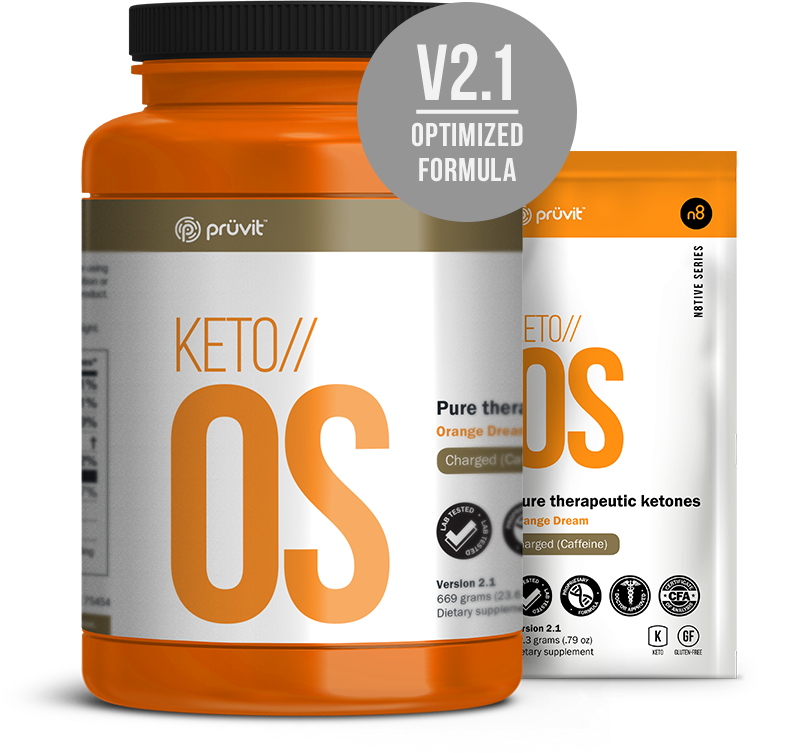
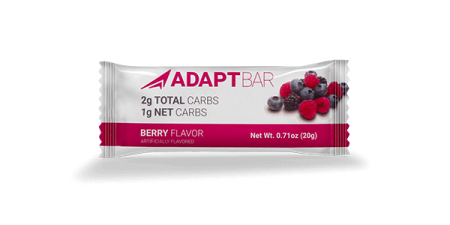
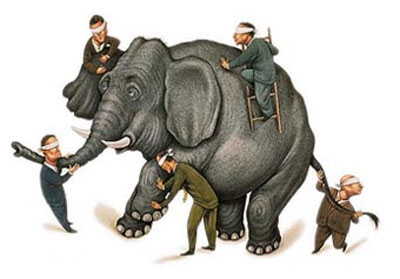
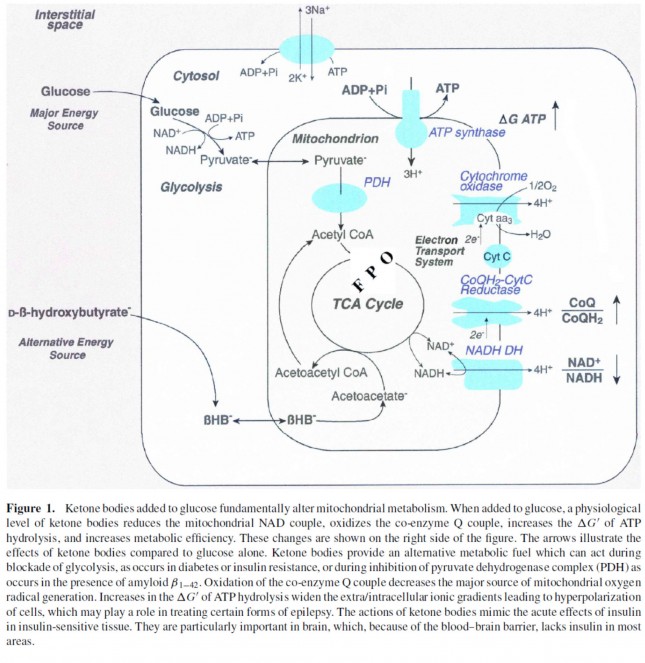














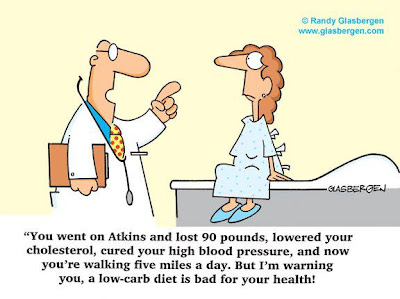

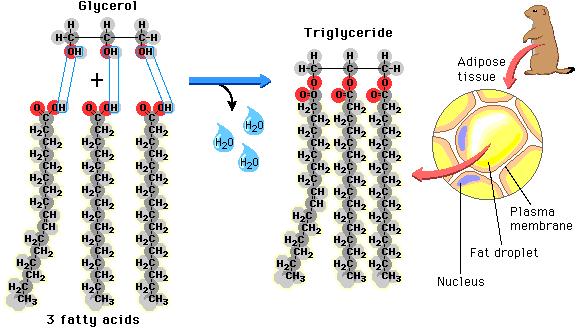 as well as the fat that is found in our food is found in the form of triglycerides. Each triglyceride molecule is made of a “glyceride” (glycerol backbone) and three fatty acids (hence the “tri”) that look like tails. Some of the fat in our adipose cells come from the food we eat, but interestingly, the rest comes from carbohydrates
as well as the fat that is found in our food is found in the form of triglycerides. Each triglyceride molecule is made of a “glyceride” (glycerol backbone) and three fatty acids (hence the “tri”) that look like tails. Some of the fat in our adipose cells come from the food we eat, but interestingly, the rest comes from carbohydrates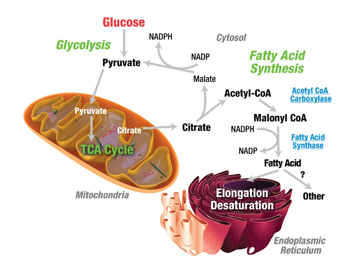
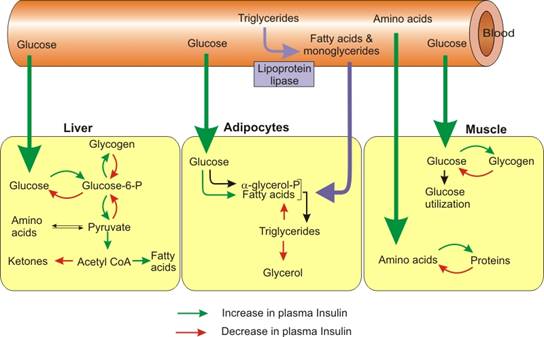 before they can be taken up into the fat cells. The reconstitution of the fatty acids with glycerol is called esterification. Interestingly, the process of lipolysis and esterification is going on continuously, and a ceaseless stream of free fatty acids are flowing in and out of the fat cells. However, the flow of fatty acids in and out of the fat cells depends upon the level of glucose and insulin available. As glucose is burned for fuel (oxidized) in the liver or the fat cell, it produces glycerol phosphate. Glycerol phosphate provides the molecule necessary to bind the glycerol back to the free fatty acids. As carbohydrates are being used as fuel, it stimulates increased triglyceride formation both in the fat cell and in the liver, and the insulin produced by the pancreas stimulates the lipoprotein lipase molecule to increased uptake of the fatty acids into the fat cells (3).
before they can be taken up into the fat cells. The reconstitution of the fatty acids with glycerol is called esterification. Interestingly, the process of lipolysis and esterification is going on continuously, and a ceaseless stream of free fatty acids are flowing in and out of the fat cells. However, the flow of fatty acids in and out of the fat cells depends upon the level of glucose and insulin available. As glucose is burned for fuel (oxidized) in the liver or the fat cell, it produces glycerol phosphate. Glycerol phosphate provides the molecule necessary to bind the glycerol back to the free fatty acids. As carbohydrates are being used as fuel, it stimulates increased triglyceride formation both in the fat cell and in the liver, and the insulin produced by the pancreas stimulates the lipoprotein lipase molecule to increased uptake of the fatty acids into the fat cells (3).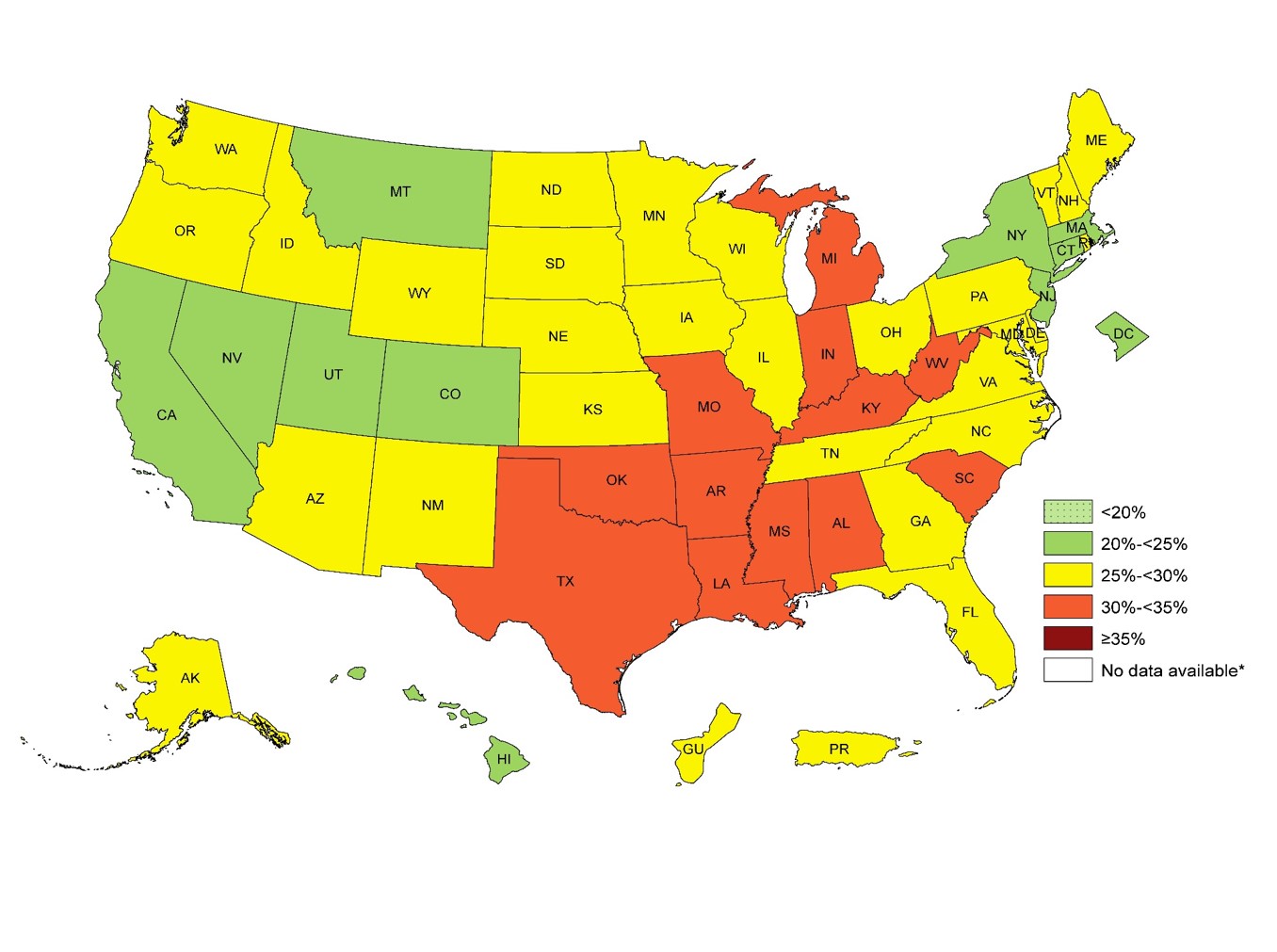

 After mulling through the last 10 years of caffeine research, most of which were small studies, had mixed results, used coffee as the caffeine delivery system (coffee has over 50 trace minerals that has the potential to skew the results based on the brand) and never seemed to ask the right questions, the ink from a study in the
After mulling through the last 10 years of caffeine research, most of which were small studies, had mixed results, used coffee as the caffeine delivery system (coffee has over 50 trace minerals that has the potential to skew the results based on the brand) and never seemed to ask the right questions, the ink from a study in the 